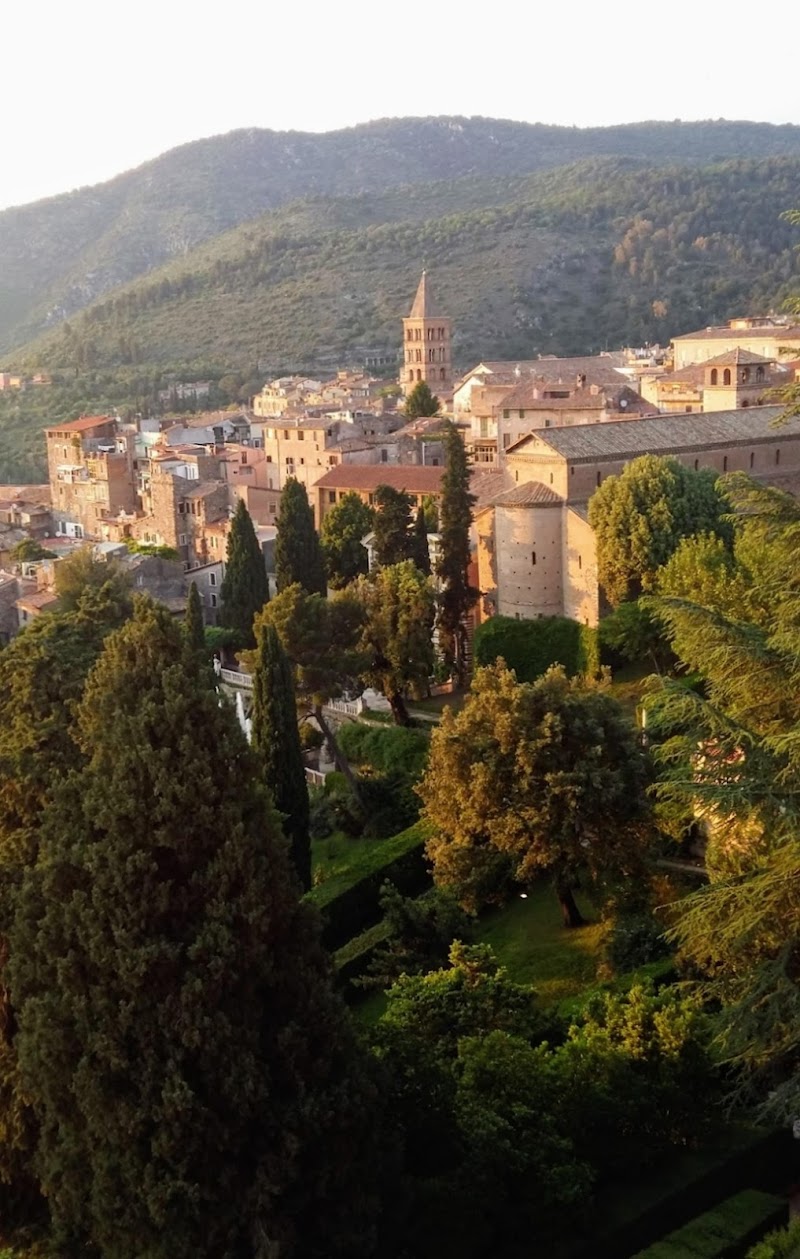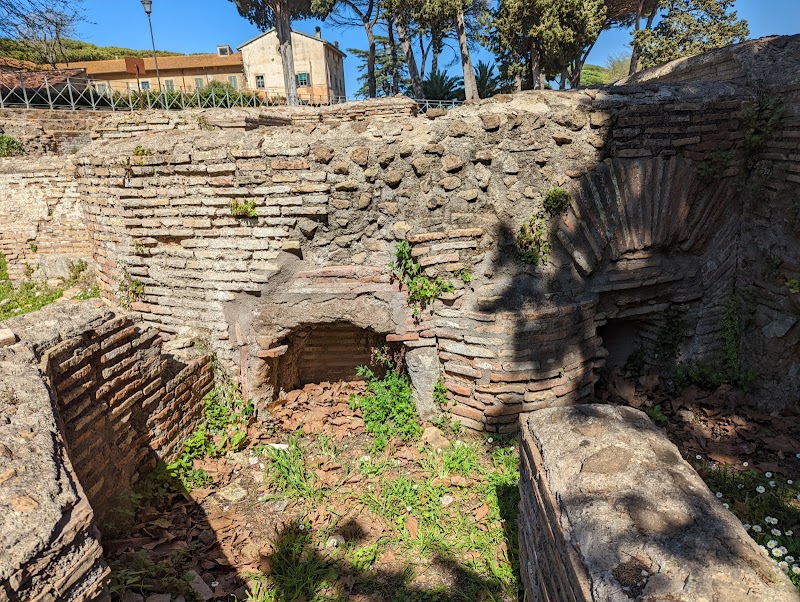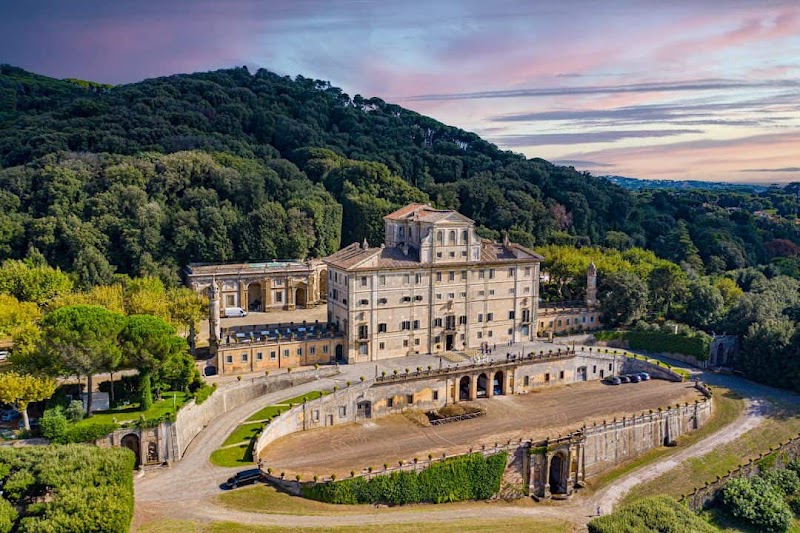Welcome to Lazio
Did you know that the Lazio region, home to the Eternal City of Rome, attracts over 30 million tourists each year? From the awe-inspiring architecture of the Colosseum, to the tranquil beauty of Lake Bolsena, and the cultural richness of the Vatican City, Lazio is a treasure trove of unforgettable experiences waiting to be discovered. This destination is a remarkable blend of history, culture, and natural beauty that captures the imagination of everyone who visits.
And to help you journey through this enchanting region, we have created a comprehensive tourist map. This easy-to-use tool is your passport to the region, unlocking the best of Lazio and helping you plan your adventure with ease. With our map at your fingertips, you can unearth the hidden gems of this beautiful region and create memories that will last a lifetime.
" Booking.comUnforgettable Experiences and Attractions in Lazio
Stepping beyond the eternal beauty of Rome and the divine Vatican City, the Lazio region unfolds as a tapestry of experiences that are as diverse as they are enchanting. From the ancient ruins of Ostia Antica to the tranquil villas of Tivoli, Lazio presents a canvas that is rich in history, culture, and natural beauty. Here are some of the most incredible attractions and experiences that should not be missed:
- The historic ruins of Ostia Antica
- The grandiose villas of Tivoli
- Grotte di Pastena's stalactite wonder
- The thermal baths at Fiuggi
- The medieval charm of Civita di Bagnoregio
- The wine trails of Frascati
Exploring the Historic Ruins of Ostia Antica
Often overshadowed by the renown of Rome's ancient ruins, Ostia Antica offers a less crowded yet equally intriguing glimpse into the past. As the ancient harbor city of Rome, Ostia Antica was once a bustling trade and commerce center. Today, its well-preserved ruins - including an ancient theatre, baths, and mosaic-floored houses - serve as silent storytellers of the city's glorious past. A short stroll away, the Castle of Julius II stands as a testament to the region's later medieval history.
The Grandeur of Tivoli's Villas
Nestled in the hills outside Rome, the town of Tivoli is famed for its two UNESCO World Heritage Sites - Villa d'Este and Villa Adriana. Villa d'Este is an exceptional example of Renaissance architecture and garden design, with its terraced gardens, ornate fountains, and frescoed rooms leaving visitors in awe. Not far off, Villa Adriana, a sprawling estate built by Emperor Hadrian, provides a fascinating insight into Roman villa architecture. Tivoli's historic charm coupled with its panoramic views over the Roman Campagna make it a must-visit.
The Underworld Wonder of Grotte di Pastena
For those seeking a unique experience in Lazio, the Grotte di Pastena offers just that. These natural caves, discovered in 1926, are a subterranean treasure filled with stalactites, stalagmites, and crystallized alabaster. The caves' ethereal beauty and the stories of their formation make for a spellbinding journey into the heart of the earth. To enrich your experience, combine your visit with a stop at the nearby town of Pastena, known for its traditional culinary delights.
Relaxing in Fiuggi's Thermal Baths
Fiuggi, renowned for its healing mineral waters, is a perfect retreat for those looking for a wellness experience in Lazio. The town's thermal baths, surrounded by the lush greenery of the Apennines, offer a peaceful ambiance for rejuvenation. While in Fiuggi, don't miss a chance to explore the charming old town, with its narrow lanes and quaint buildings, adding to the overall therapeutic experience.
The Medieval Charm of Civita di Bagnoregio
Known as the "dying city" due to its eroding hilltop, Civita di Bagnoregio is nonetheless one of the most captivating sights in Lazio. This medieval town, accessible only by a footbridge, is a maze of cobblestone streets and rustic buildings, offering panoramic views of the surrounding valley. Its surreal beauty and timeless charm make it the perfect backdrop for unforgettable photos.
Wine Tasting in Frascati
To truly immerse yourself in the flavors of Lazio, a visit to the wine region of Frascati is a must. Known for its crisp, white wines, Frascati offers a fantastic opportunity to explore local vineyards, learn about wine production, and of course, sample the exquisite wines. The town itself, adorned with ancient villas and scenic views of Rome, adds to the charm of the wine tasting experience.
To help plan your journey and locate these stunning spots, you can refer to this comprehensive tourist map of Italy. Whether you're a history buff, a nature lover, or a food and wine connoisseur, Lazio is a trove of unique experiences that are waiting to be discovered. And if you're thinking about exploring other Italian regions, you might want to check out the Basilicata tourist map and the Tuscany tourist map.

Practical Information for Lazio
Transportation and Mobility
Getting around Lazio is a breeze thanks to the region's well-connected public transportation network. The Ferrovie dello Stato Italiane (FS), Italy's state-run rail service, operates frequent trains connecting Rome with other major towns in Lazio, such as Viterbo, Tivoli, and Latina. For more remote destinations, consider regional buses operated by Cotral, which reach even the smallest towns.
Traveling within Rome is facilitated by the extensive Metropolitana di Roma (Rome Metro), consisting of three lines that connect major tourist areas. For shorter distances, ATAC buses and trams are a great option. You can purchase a Roma Pass or Metrebus card for unlimited travel within a certain timeframe.
Schedules and Prices
Public transportation in Lazio operates on a regular schedule, with most services running from early morning until late at night. However, some rural bus routes may have limited services, especially on weekends and public holidays. It's always best to check the latest schedules online.
The cost of travel varies depending on your chosen mode of transportation and the distance. As a general guide, a single ticket on Rome's metro, bus, or tram costs €1.50, while regional train fares start from around €3.00. The Roma Pass, offering unlimited city transportation and museum access, comes in 48-hour (€32.00) and 72-hour (€52.00) options.
Safety Tips
While Lazio is generally safe, it's important to stay vigilant, particularly in crowded tourist areas and on public transportation, where pickpocketing can occur. Avoid displaying expensive belongings and always keep your personal items secure.
Emergency services in Italy can be reached by dialling 112. For non-emergencies, the Carabinieri (military police) can be contacted on 113, and the Polizia di Stato (state police) on 114. Hospitals and pharmacies are widely available throughout the region.
Practical Recommendations
The best time to visit Lazio largely depends on your personal preferences and what you want to do. The region enjoys a Mediterranean climate, with hot summers and mild winters. Rome can be quite crowded from June to August, so spring (April to June) and fall (September to October) are considered the best times to visit for milder weather and fewer crowds.
Remember to dress respectfully when visiting religious sites, such as the Vatican City or the many churches throughout the region. Shoulders and knees should be covered, and hats removed.

Frequently Asked Questions
1. Are there any specific dietary considerations or local cuisines in Lazio that I should be aware of?
In Lazio, the culinary tradition is rich and varied with unique dishes that you won't find elsewhere. The region is known for its hearty pasta dishes like 'Carbonara' and 'Amatriciana'. You'll also find 'Porchetta', a slow-roasted pork dish, and 'Supplì', a fried rice-ball filled with mozzarella and ragù. If you're a vegetarian, there are plenty of vegetable dishes and pizzas to enjoy. However, vegans may find it a bit challenging as many dishes are based on meat and dairy products.
2. Can you suggest any unique cultural events or festivals in Lazio that are worth experiencing?
Lazio hosts numerous cultural events throughout the year that reflect its rich history and vibrant culture. The 'Estate Romana' (Roman Summer) is a must-experience event featuring months of outdoor concerts, film screenings, and theatrical performances. Additionally, the 'Festa de Noantri' in Rome's Trastevere district is a vibrant street festival celebrated in July with processions, music, and food stalls.
3. Are there any lesser-known archaeological sites in Lazio apart from the Colosseum and Ostia Antica?
Yes, Lazio is teeming with archaeological wonders. The ancient city of Sutri, with its amphitheater carved into the rock, and the Etruscan Necropolis of Cerveteri, a UNESCO World Heritage Site, are fascinating destinations. Also, the ancient Roman port of Portus, located near Fiumicino airport, is an intriguing site that's often overlooked by tourists.
4. Is it possible to explore Lazio’s countryside and small towns without a car?
While a car offers the most flexibility, it's also entirely feasible to explore Lazio's charming countryside and small towns using public transportation. The regional train network connects Rome with many towns in Lazio, including Viterbo, Orvieto, and Tivoli. For more remote locations, local bus services are often available. However, do check the schedules as services may be infrequent.
5. How accessible is Lazio for travelers with disabilities?
Lazio, and particularly Rome, has made significant strides in becoming more accessible for disabled travelers. Many of the main attractions, including the Colosseum and Vatican Museums, have wheelchair access. Public buses are equipped with ramps, and there are designated taxi services available for wheelchair users. However, some of the ancient sites and smaller towns may present challenges due to uneven surfaces or lack of facilities.
6. What can I bring back as souvenirs from Lazio?
Lazio offers a range of unique souvenirs that reflect its rich cultural and gastronomic heritage. Consider purchasing local food products like olive oil, wines from Frascati, or traditional cookies such as 'Tozzetti'. Handcrafted items like ceramics from Cerveteri or traditional lace from Bolsena also make lovely souvenirs. For fans of Ancient Rome, replica artifacts and jewellery are popular choices.


